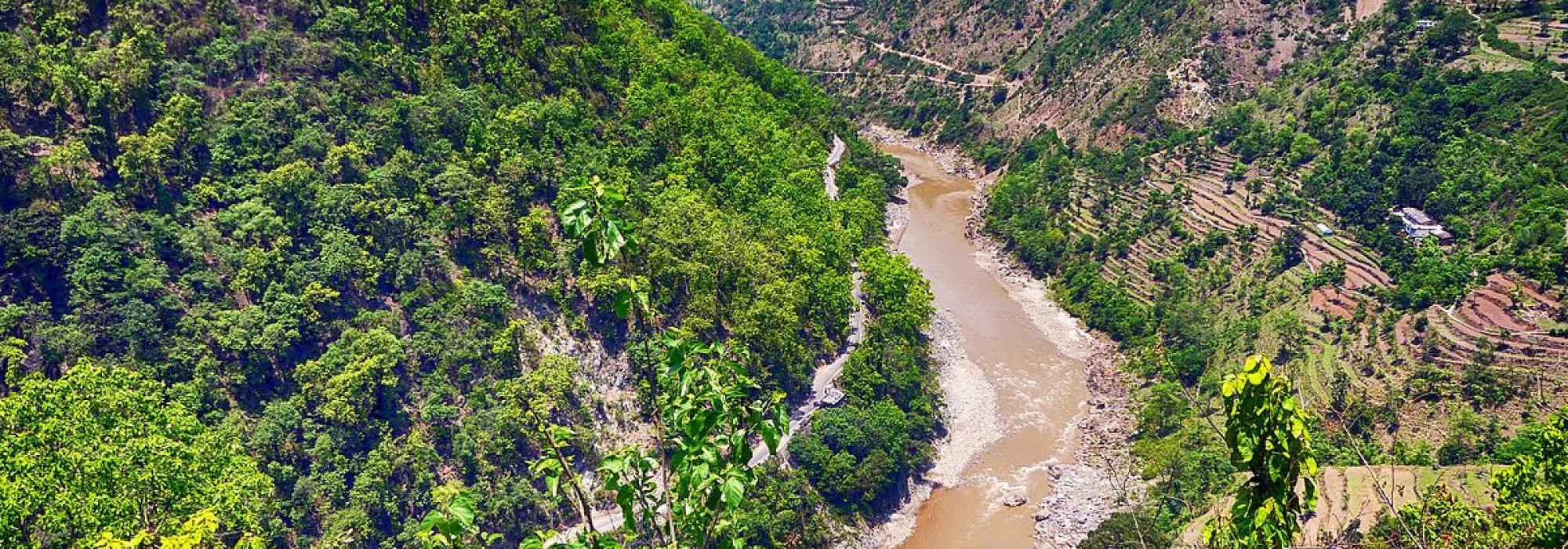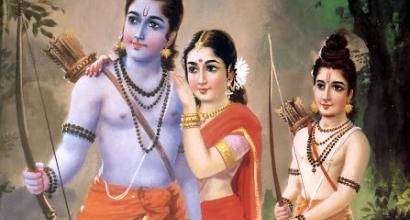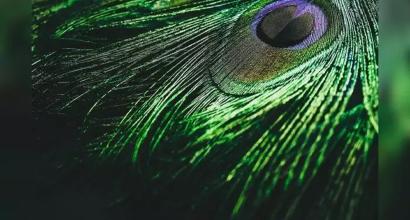Mālavikāgnimitram is a play in five acts. The following is the summary of the plot –
The province of Vidiśā was ruled by a king named Agnimitra; he had two wives, Dhāriṇī and Irāvatī. Dhāriṇī was the coronated queen. One day, he spots the portrait of Mālavikā, a lady belonging to his antaḥpura and spontaneously falls in love with her; he gets enamoured by her beauty. The king’s friend Gautama (the vidūṣaka) comes up with a plan to enable him to see the lady in person. He triggers a fight between Gaṇadāsa and Haradatta, the dance teachers of the palace. Each wishes to prove himself better than the other; the matter is taken before the king. The king accepts the proposal that Kauśikī, a parivrājikā in the palace may act as the judge. She suggests that the teachers may get their students to display their skills at abhinaya and thereby establish their superiority of artistry. Accordingly, Mālavikā performs in the royal assembly; the king’s eyes and heart get mesmerised by her.
Gautama, who had ensured that Agnimitra and Mālavikā saw each other, plans to arrange for their meeting as well; he takes into confidence Bakulāvalikā, one of the sakhīs of Mālavikā. It was spring and the Ashoka tree was yet to blossom; the ritual of dohada had to be performed upon the tree by young women. The ritual required beautiful young maidens to dress up in brilliant costumes and deck their feet with various colours and ornaments; they had to gently kick the tree in order to enable it to blossom into flowers. From the play, it appears that Dhāriṇī usually performed the ritual; however, currently, she had injured her leg and had asked Mālavikā to perform the ritual on her behalf. Mālavikā goes to the garden to do the deed; Bakulāvalikā starts decking up Mālavikā’s feet, and while doing so, she learns of the infatuation the latter had developed for the king; she also tells Mālavikā that king has fallen in love with her. Meanwhile, the king Agnimitra comes to the garden and picks up sweettalk with Mālavikā; incidentally, Irāvatī also comes to the garden to play on the swing and sees the romance between Agnimitra and Mālavikā; this becomes a major obstacle for their rendezvous. The queen decrees that Mālavikā and her sakhī Bakulāvalikā were to be imprisoned.
Gautama did not lose heart; he discovered that one of the ways to liberate Mālavikā was by displaying to prison guards the queen’s ring which bore the nāga-mudrikā. He takes the physician Dhruvasiddhi as his aide and pretends to have been bitten by a snake; he comes to the queen writhing with pain. The queen sends him to the royal physician, Dhruvasiddhi and the latter says that Gautama can be relieved of poison only through a ring bearing the nāga-mudrikā; that would constitute the udakumbha-vidhāna. Another aide of Gautama comes around and takes him away saying that he was to see the king immediately. Gautama gets Mālavikā released and arranges for a private meeting with the king; he sits as their guardian but slowly slips into sleep. One of the royal servants observes this, grows suspicious and informs Irāvatī of the king’s union with Mālavikā; Irāvatī rushes to the spot and is shocked to see that her husband’s new tale of love had gained wings and feathers. The king who is thus caught red-handed doesn’t know what to do; by then, they hear commotion – the princess Vasu-lakṣmī had got scared of an ape and had turned inconsolable; the king, who was waiting for a means to escape from the situation, goes away under this pretext. In the meantime, the news that the Ashoka tree had blossomed falls on their ears. Queen Dhāriṇī had promised Mālavikā that she would fulfil her wish if the tree were to blossom within five days. Mālavikā recollects this, gains some confidence and leaves with her sakhī.
Vīra-sena, the brother-in-law of King Agnimitra had conquered the province of Vidarbha and was ruling from there. He had defeated Yajña-sena and released Mādhava-sena, who had been imprisoned by the former; having done so, he sends an emissary to inform Agnimitra about his victory; he had sent two maidens along with the emissary; they spot Mālavikā and recognise her as their princess. As they enquired further into it, they discovered that Mālavikā was Mādhava-sena’s younger sister. Mādhava-sena’s minister Sumati was traveling with his sister Kauśikī and the king’s sister Mālavikā to Vidiśā; Mādhava-sena’s wanted to get Mālavikā married to Agnimitra. However, the entourage got attacked by pirates on the way and the minister, Sumati, had lost his life fighting them. Kauśikī and Mālavikā were separated; Kauśikī came to Queen Dhāriṇī in the disguise of a saṃnyāsinī. Vīra-sena rescued Mālavikā from the gang of robbers and left her in the guardianship of Dhāriṇī as well. Though Kauśikī noticed the coming of Mālavikā, she did not reveal their identities because, she had heard from a soothsayer that Mālavikā was destined to work as a servant for a year and would then win the hand of a suitable bridegroom. Everyone was awestruck listening to these events. In the meantime, it is heard that Agnimitra’s son Vasumitra who had followed his grandfather Puṣyamitra’s aśvamedha horse, had successfully guarded it; it is also heard that Puṣyamitra was looking forward to his son’s family’s participation in the yajña; Queen Dhāriṇī is thrilled listening to these incidents and offers Mālavikā to Agnimitra as a congratulatory sign and also in order to keep her word to the young maiden.
To be continued ...
The current series of articles is an enlarged adaption of Prof. A. R. Krishnasastri's Kannada treatise Saṃskṛta-nāṭaka. They are presented along with additional information and footnotes by Arjun Bharadwaj.











































